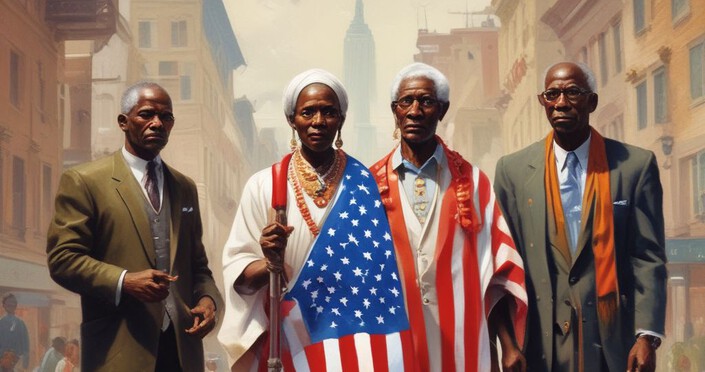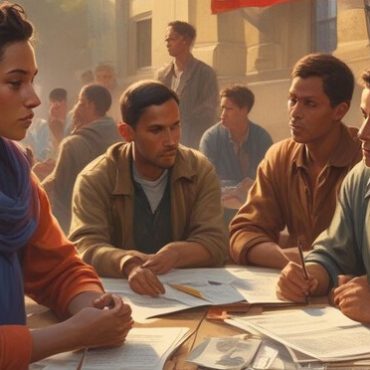American Ethnic Relations

Models of American Ethnic Relations: A Historical Perspective
According to Fredrickson there is not distinction in American ethnic relations between race and ethnicity and it can be misleading to draw a sharp distinction between the two (Fredrickson, 450). Writers who offer sociology dissertation help at Edudorm essay writing service notes that this means that there is no clear distinction between the two terms and if any difference is drawn from the two, it will be misleading. Ethnicity becomes radicalized when unique characteristics of a certain group are used to determine the center of status hierarchy of that group (Fredrickson, 450).
American Ethnic Relations in American history
Fredrickson tries to assert that along the course of the American history, being identified as “other” has transformed (Fredrickson, 450). It is factual that by the turn of 20th century, immigration resulted to accumulation of different races in United States. Experts who offer social science assignment help at Edudorm essay writing service indicates that as a result, characterization of white people in American ethnic relations has changed radically. Precisely, 20th century marked the accumulation of different ideas of whites’ characterizations such as social Darwinism, scientific racism, and eugenics. In 20th century, most people believed that white people were Northern European immigrants.
Ethnic Hierarchy in American Ethnic Relations
According to Fredrickson, ethnic hierarchy in American was eliminated after World War II amongst the white people and Jews (Fredrickson, 451). In this era, ethnic background changed to color. However, it is factual that ethnic hierarchy was wholly eliminated back in 1960s after the civil rights movement.
Fredrickson asserts that ethnic hierarchy still persists in barrios, ghettos and Indian reservations. It is true that ethnic hierarchy still persists in United States citing from the current criminal justice system that promote mass incarceration especially for the African-American community.
Assimilationism
Fredrickson depicts that assimilationism in American ethnic relations focused on superiority and domination of one ethnicity group. This cannot be defined as racism since it is based on one race (Fredrickson, 452). Authors who offer social science essay help at Edudorm essay writing service points that with regard to assimilationism, Fredrickson cites from the ‘Native American cultural genocide’. I agree with Fredrickson’s contention because racism is oppressing and prejudicing a person because of his or her cultural background. Therefore, regardless of where it is done for expressing superiority of one race, assimilationism is racist in some other sense.
Difference between Cultural Pluralism and Assimilation
The difference between cultural pluralism and assimilation is based on the fact that cultural pluralists tend to celebrate distinctive characteristics of groups in American ethnic relations whereas assimilation focuses on obliterating distinctive groups (Fredrickson, 455). Tutors who offer humanities essay help at Edudorm essay writing service acknowledges that Fredrickson says that multiculturalism differed from pluralism on the fact that it operated cultural pluralist assumptions but it focused on people of color instead of the diversity of European races.
Divergent American Ethnic Relations
Fredrickson disagrees with that claim because the contemporary American society is composed of very divergent ethnic groups. It is factual that backlash against racial diversity is more threatening because it promotes racial discrimination and segregation (Fredrickson, 458).
Work Cited
Fredrickson, George M. Models of American Ethnic Relations: a Historical Perspective. , n.d.. Print.


